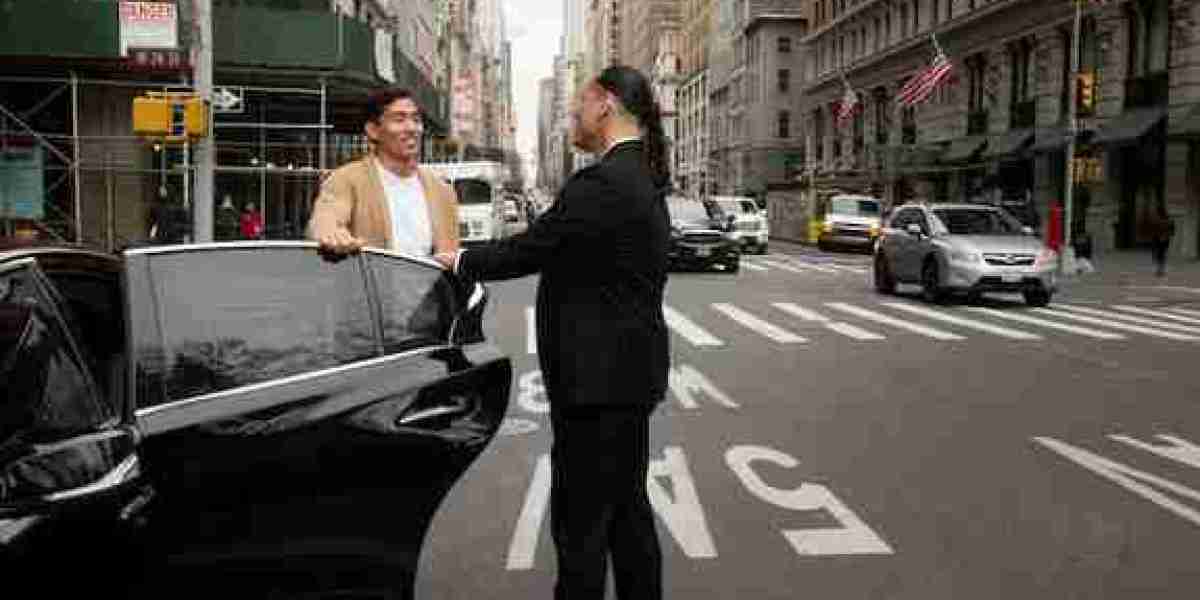Introduction
As a vibrant urban center with a mix of residential, commercial, and cultural attractions, Arlington, VA, requires a comprehensive transportation infrastructure to meet the diverse needs of its residents and visitors. From daily commuters navigating bustling city streets to tourists exploring historical landmarks, efficient transportation services are essential for the smooth functioning of the city. In this article, we delve into the various transportation services in Arlington, VA, exploring their importance, accessibility, and impact on the city's mobility landscape.
Public Transit: The Backbone of Urban Mobility
Public transit serves as the backbone of urban mobility in Arlington, providing residents and visitors with convenient and affordable transportation options. The Arlington Transit (ART) system offers bus services that connect key neighborhoods, commercial centers, and Metro stations, facilitating seamless travel within the city and beyond. Additionally, the Washington Metropolitan Area Transit Authority (WMATA) operates Metrorail and Metrobus services, offering commuters access to the wider Washington, D.C., metropolitan area. With frequent schedules, dedicated lanes, and integrated fare systems, public transit plays a crucial role in reducing congestion, promoting sustainability, and enhancing accessibility for all members of the community.
Ridesharing and On-Demand Services: Flexible Mobility Solutions
Ridesharing and on-demand transportation services have transformed the way people move around cities, offering flexible and convenient mobility solutions. Companies such as Uber and Lyft operate extensively in Arlington, providing residents and visitors with access to on-demand rides at the touch of a button. Whether traveling to work, running errands, or exploring the city's nightlife, ridesharing services offer a convenient alternative to traditional taxis and public transit. Additionally, bike-sharing and scooter-sharing programs further enhance last-mile connectivity, allowing users to complement their journeys with sustainable and active transportation options.
Bicycle and Pedestrian Infrastructure: Promoting Active Mobility
Arlington boasts a network of bicycle lanes, trails, and pedestrian-friendly infrastructure that promotes active mobility and enhances quality of life for residents. The Capital Bikeshare program provides access to hundreds of bikes stationed at various locations throughout the city, enabling users to cycle to work, leisure destinations, or public transit hubs. Moreover, the county's extensive trail network, including the Custis Trail and the Mount Vernon Trail, offers scenic routes for cyclists and pedestrians alike, connecting Arlington to neighboring communities and regional attractions. By investing in bicycle and pedestrian infrastructure, Arlington encourages healthy lifestyles, reduces traffic congestion, and creates vibrant public spaces for all to enjoy.
Accessible Transportation: Ensuring Inclusivity and Equity
Accessible transportation is a cornerstone of a inclusive and equitable mobility landscape, ensuring that all members of the community can participate fully in city life. Arlington's transportation services prioritize accessibility by offering features such as wheelchair-accessible buses, paratransit services for individuals with disabilities, and audible pedestrian signals at intersections. Furthermore, efforts to improve sidewalk connectivity, install curb ramps, and enhance wayfinding signage contribute to creating a more inclusive environment for pedestrians of all abilities. By addressing barriers to mobility, Arlington strives to create a city where everyone can travel safely, independently, and with dignity.
Conclusion
In conclusion, the transportation services offered in Arlington, VA, play a crucial role in shaping the city's mobility landscape and enhancing quality of life for residents and visitors alike. From public transit and ridesharing to bicycle infrastructure and accessible transportation options, Arlington provides a diverse array of mobility solutions that cater to the needs of its diverse population. By prioritizing accessibility, sustainability, and innovation, Arlington continues to lead the way in creating a more connected, vibrant, and livable city for all. As the city evolves and grows, maintaining a robust transportation infrastructure will remain essential to ensuring that Arlington remains a dynamic and thriving urban center for years to come.



